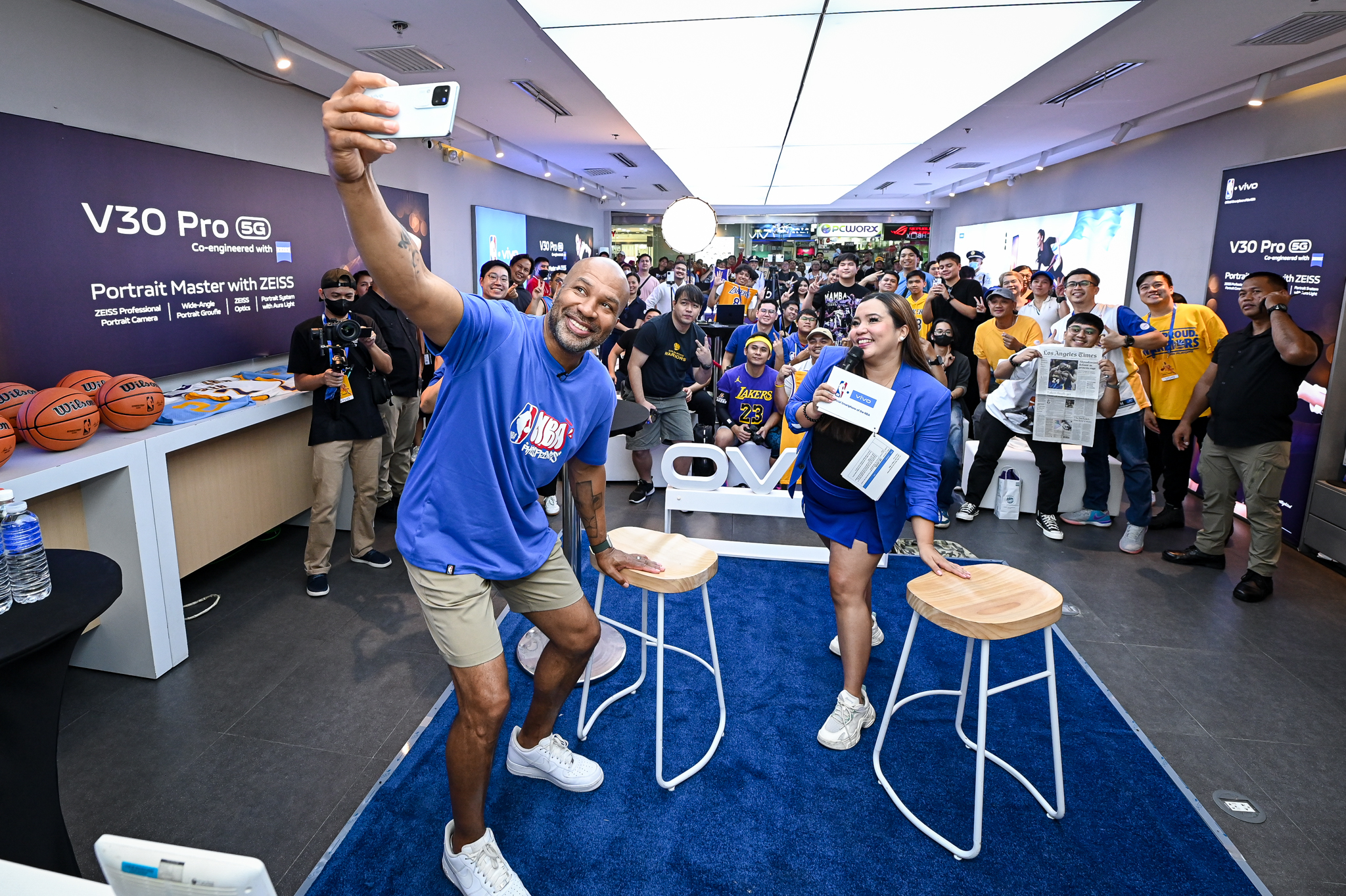Is there still hope for local brands?
When I started writing for Unbox back in 2014, local brands like MyPhone, Cherry Mobile, Starmobile were the biggest thing in the tech industry. Their aggressively priced products allowed them to take a large chunk of the market back in 2015, with the tech masses eagerly anticipating their newest releases with bated breath.
Times sure have changed.

While news about products released by local brands still rake in a respectable amount of traffic for our site, we’ve been seeing a downtrend on interest for devices sold and marketed by local brands. Fans aren’t as rabid as they were before for the next big thing from them.
And it’s not only us that has noticed this trend. Other tech bloggers and publications have noticed this too – overall there’s less excitement about local brands than ever before. And if things stay as they are, O+ USA’s demise won’t be a statistical blip in the radar, it’ll be a common occurrence in the local tech scene, which is obviously not a good thing.
When Global Brands Strike Back
There’s an intense amount of competition right now for consumers as well as shelf space for both international and local brands. Companies like OPPO, Vivo, Huawei and HMD Oy via Nokia have been dominating the mindshare of people both online and offline, offering extremely competitive smartphones backed by solid after-sales support and high brand visibility.
A good case study of how aggressive an international brand can be here in the Philippines is OPPO. First they found the sweet spot in pricing. Devices that fall in the Php7,000-Php16,000 price range. Next they found a solid consumer insight they could hinge their entire brand on — Filipinos love to take selfies. They took that to the extreme with the “Selfie Expert” handle. Next they switched over the celebrity ambassadors of local brands over to their side. Lastly they bombarded TV, Digital, Radio, Print, OOH, and on-ground where they also fielded hundreds (if not thousands) of promodizers in malls.

So what can local brands do to fight back?
It’ll be tough going, but local brands can fight back. Three things from our POV.
First is product strategy. They should lessen the number of devices they release and focus on high quality entry level devices in the Php5,000 price range. This is where the global brands can’t compete and where they local brands can continue to dominate. The key though is to make the phones high quality so they don’t die out after a few months and need repairs. To increase margins, they should up-sell accessories and peripherals to compliment the devices.
Secondly, they should strengthen their after sales support to make it easier for people to send in their products for repair and service. At their most popular days, customer service shops of local brands had crazy long lines. It just showed how the quality of their devices were severely lacking.
Lastly, rethink spending millions on endorsers! They should learn from the mistakes of O+ and funnel money instead to selling solid, competitive products that match the offerings of their competitors, and then some.
The local market has matured immensely from 2014. The average consumer is now more tech savvy about products and devices that they buy, and now factor in other things into their purchase aside from price. Local brands need to think about offering more value for their products aside from the usual cut-throat pricing that they offer. The local market has evolved – it’s time local brands evolved with it.







